Differences between IQF vs PFS- Freezing Systems
The differences between IQF vs PFS, a phrase that few months ago wasn’t in our heads. Just as other technologies y developments of different systems in other areas, freezing methods should improve.
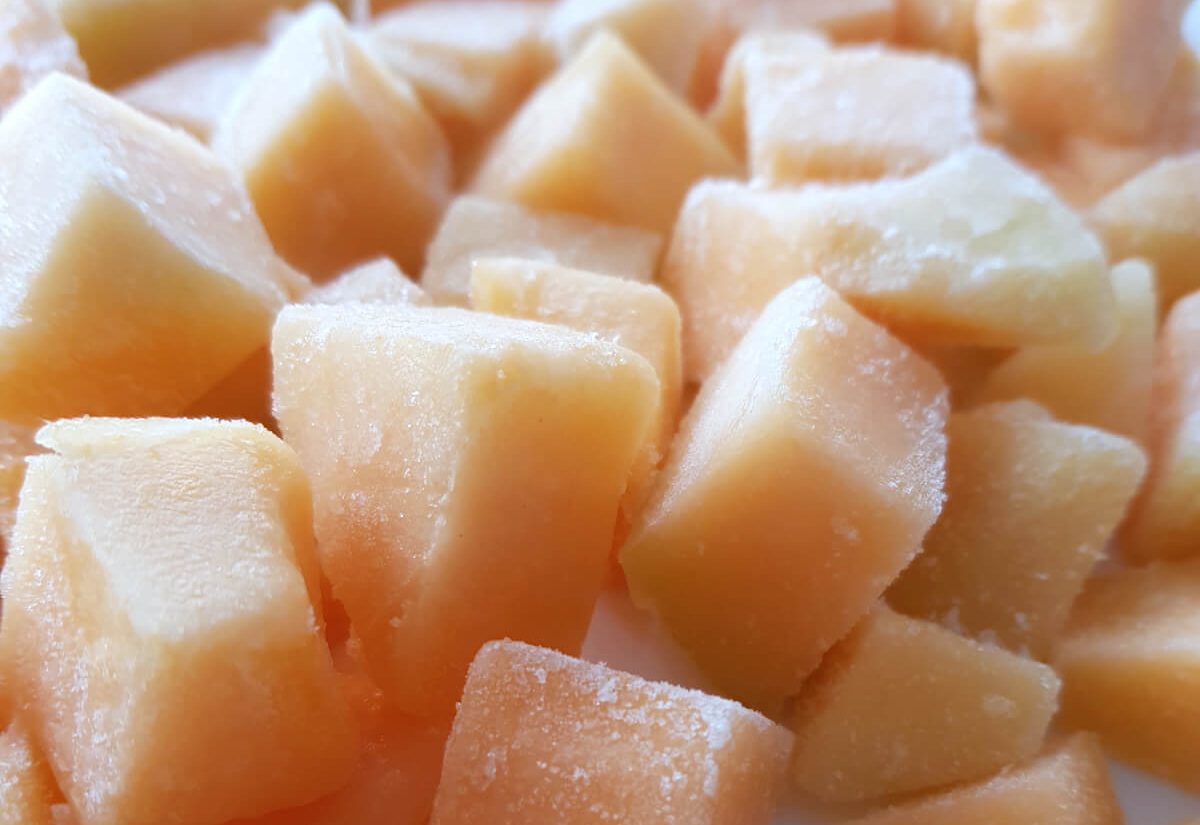
Through many years, people have been in the search of a solution against food waste and accelerated rippening of fresh products that leads to bad economics and sustainability.
We all know that a fresh product has excelent characteristics regarding texture, flavors, odors and other main properties, but they also have the big dissadvantage that in just a few days, they can transform from delicious, fresh products to bad and over ripe products.
Because of this. freezing processes have gained strength in different markets to take complicated product to handle to part of the world that it’s difficult to have accesability to them or just simply to be able to enjoy stationary food in seasons where there are is no more.

Some benefits that frozen fruits have can be found in this link to have a more detailed information on them and a good context of advantages that they may have against fresh food.
Now, in order to understand what these letters mean you need some context and that’s what we’re going to talk about in this article. What does PFS means and the differences with the tradicional freezing processes.
The IQF (Individual Quick Freezing)
As its name suggests, this freezing method is done individually, piece by piece of fruits and other type of products. Each product is pealed and cut in different presentations and frozen in continuos bands or equipments that freeze products in around 1 hour.
Once the fruits or products are being processed, it enters to the freezing tunnels where cold air decreases the temperature of the environment in aggresive manner until reaching freezing point.
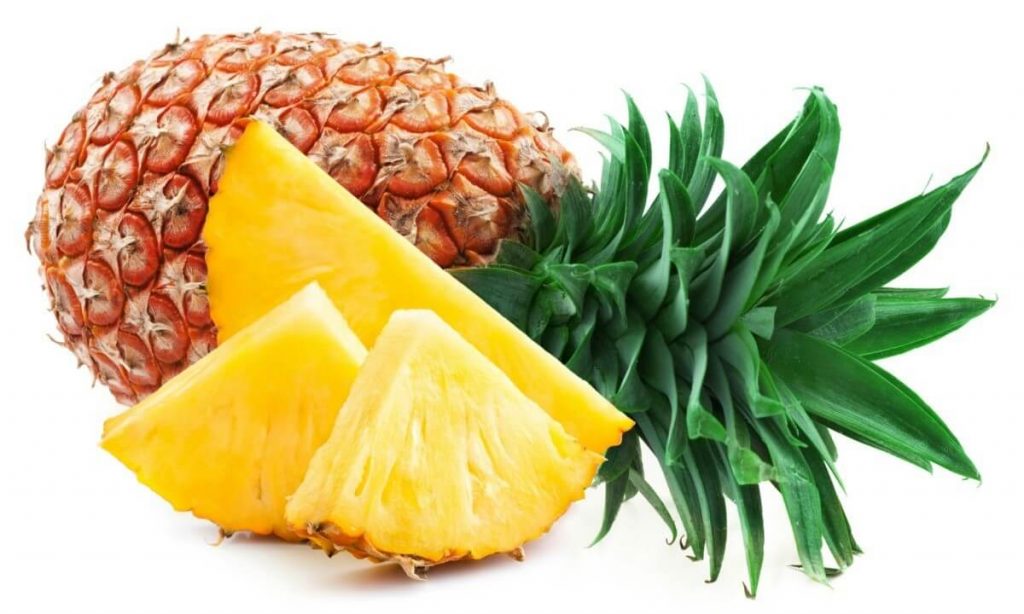
Speed in the freezing process allows the product to maintain its nutritional properties and, also, being frozen in its optimal ripening point.
The great advantage and difference that an IQF freezing system has against a slow freezing system, is that the crystal size is smaller.
The IQF system fosters the formation of small crystals in the fiber cells which avoids that the cellular walls that form the vegetable tissue to be broken.
This formation of small crystals allows the product’s fiber to not break, however it’s not perfect.
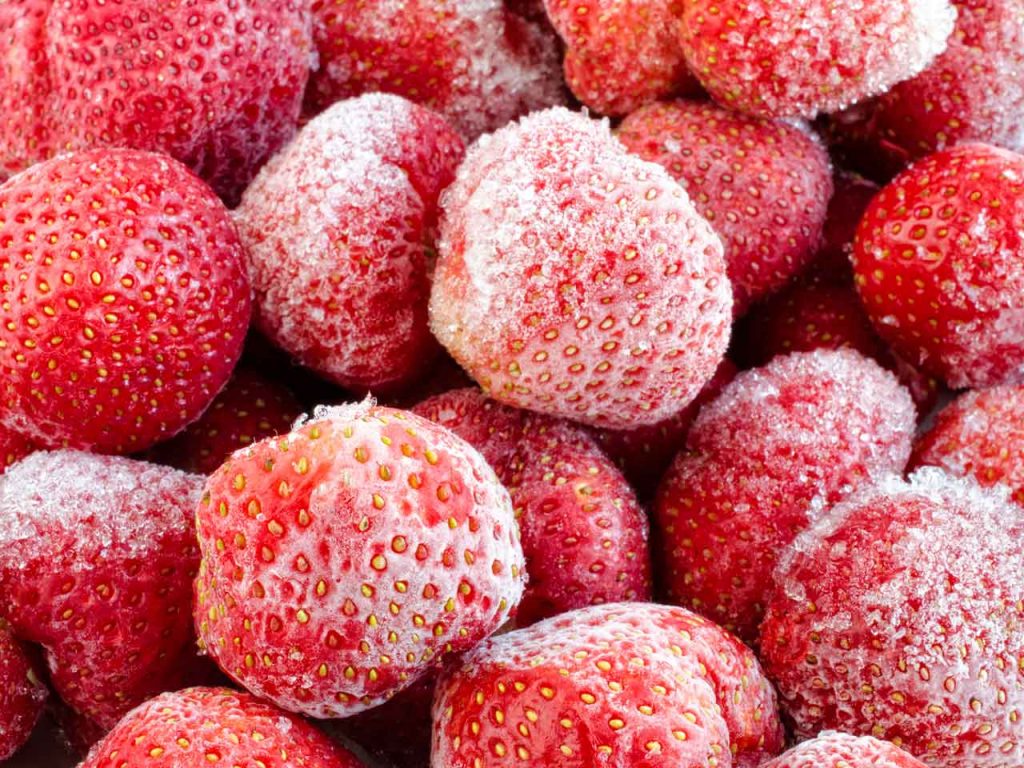
In a slow freezing process, the size of the crystals formed in the cellular walls are way more bigger, causing the release of internal fluids and as a consequence, the excessive loss in flavor, texture, odors and nutritional properties when defrosted.
Other advantage of the IQF, is that it allows us to use an specific size of portion and not a big block of product because the fruits are frozen piece by piece. This also helps to be very efficient in the kitchen when cooking or even preparing quick smoothies instead of pealing, cutting and store fresh products in short periods of time.
These quick freezing methods have the advantage that they don’t requiere additives or colorants to maintain properties.
Disadvantages of the IQF
Freezing systems such as the IQf have the great advantages as the ones we already discussed previously. However they also have big disadvantages are one of the main reasons people have created a concept that frozen products are not nearly as good as fresh products, and they do have a reason.
The formation of crystals destroys the fiber inside the walls of the product. The ones formed during the IQF are smaller than the ones formed in a slow freezing process, however not small enough.
This process breaks fiber so when the product is defrosted, the loss of flavors and odors are evidently, also can be noticed in the release of internal fluids. This is why almost every time you buy frozen fruits, you use them for smoothies where the texture isn’t noticed.
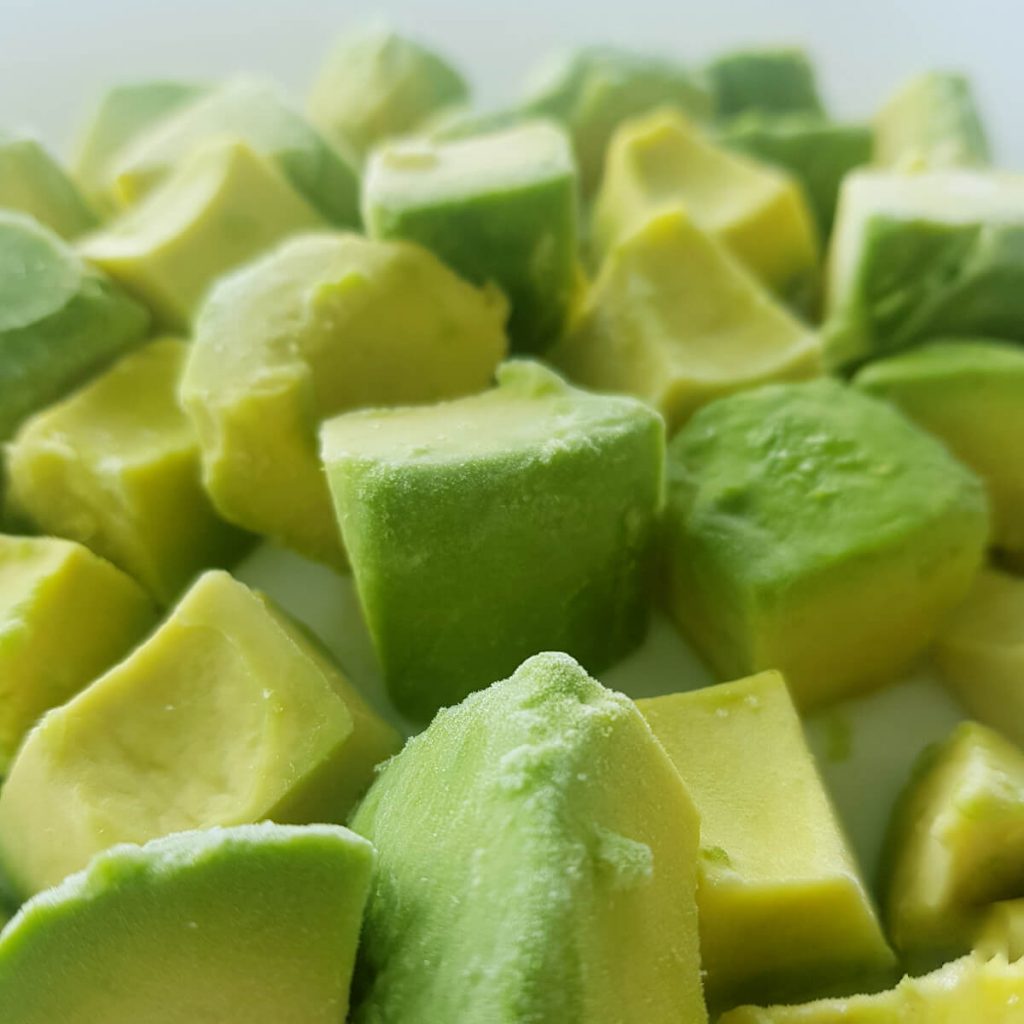
The characteristic fresh flavor of a product is lost in these processes and, for example, it´s really far off the flavor of a freshly harvested strawberry to the flavor of an IQF product.
In Costa Rica these type of processes are very effective because it’s a country with a wide variety of fruits and vegetables that can be sent to many countries and parts of the world.
Fruits like pineapple, cassava, mango, melon and papaya are very common and some of the strongest products for exports to supply countries that can’t have access to tropical fruits.
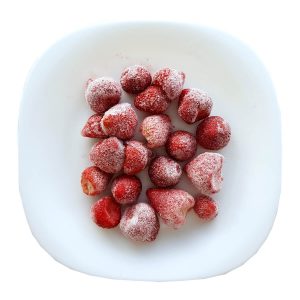
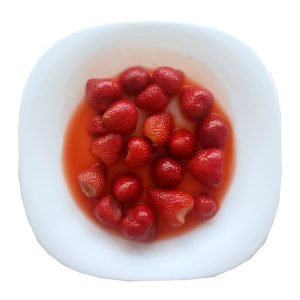
The Prime Freezing System
This process was born from a research and development made in Costa Rica, with the inspiration of what the IQF system is.
The biggest difference between IQF vs PFS, os that each individual product is treated differently because the type of fiber that each one has, is unique. Thanks to research and testing, freezing times, intensity and fiber optimum stages can change a lot between fruits.
The Prime Freezing System principle is that each product is unique and shouldn’t be treated as if all were the same during the freezing process. For example, an avocado is very different in comparison to a pineapple, so the freezing process should be different. An avocado has a more dense and greasy rich fiber with a high oxidation process, and a pineapple is less dense and has a strong type of fiber.
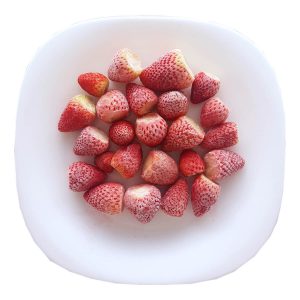
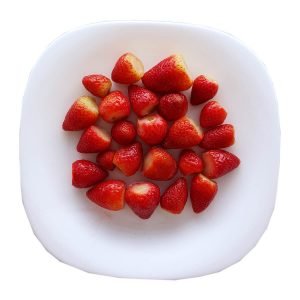
The freezing of the product is achieved by extracting the heat of the system in a low atmospheric pressure until reaching the freezing point.
The heat extraction allows the the cellular walls to be intact as well as the fiber. This allows to maintain the properties of a fresh product when defrosted due that it isn’t enforced to constant hit of cold air which, at cellular levels, generates wall breakage.
This process avoids dehydration and allows to keep texture, flavor and odors as if the product was fresh.
The Prime Freezing System allows to increase the uses of a frozen product by combining the uses of a fresh and frozen product in one.

These can be used as smoothies, in ice cream preparations, yogurt toppings and other common uses of frozen fruits. At the same time, it can be used defrosted in salads, desserts, snacks and other common uses of fresh fruits.
Complicated products to handle like avocado and banana, become easy to handle and control their ripening because it’s just a matter of defrosting and serve. No more headaches when thinking in oxidation, ripening processes and supplies during off seasons.
If you have more doubts about the process, please feel free to ask us here.

